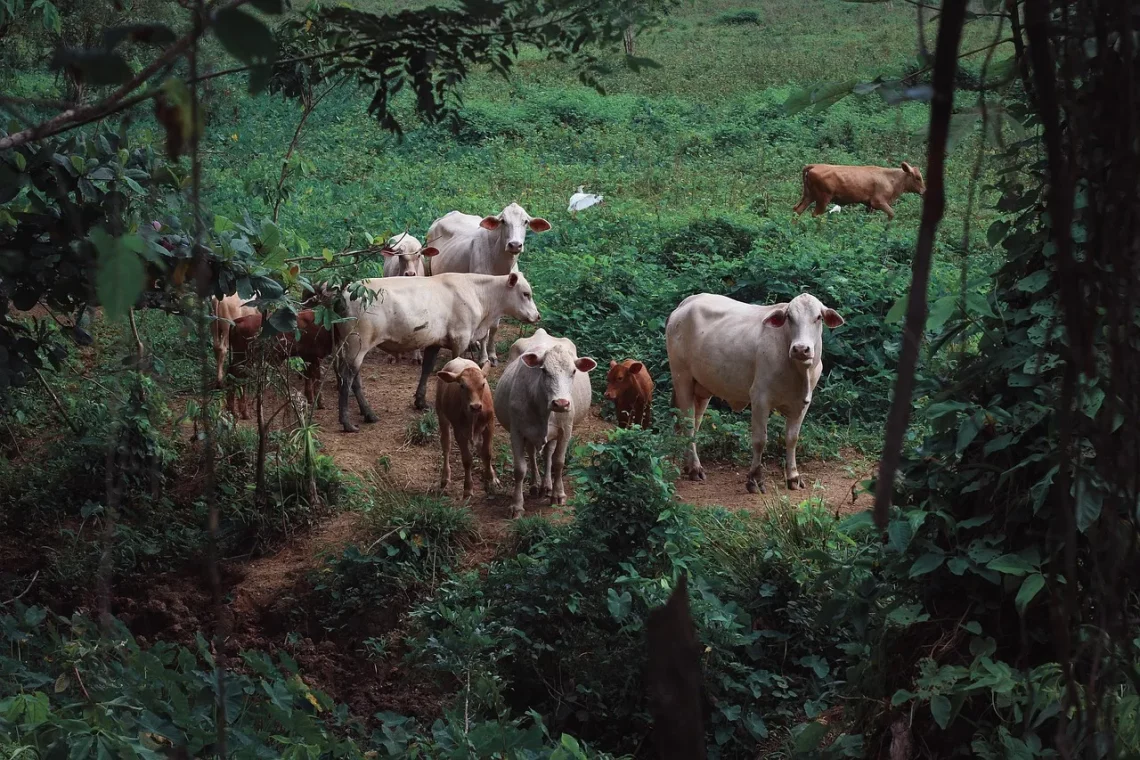
The Role of Penicillin in Cattle Health and Disease Management
The introduction of penicillin marked a profound transformation in the field of medicine, extending its influence beyond human health to the livestock industry. As a cornerstone of antimicrobial therapy, penicillin has played a pivotal role in the management of diseases affecting cattle, significantly contributing to herd health and productivity. With its ability to combat a wide range of bacterial infections, this antibiotic has enabled farmers and veterinarians to effectively treat ailments that could otherwise lead to severe consequences for the animals and the farmers relying on them.
The use of penicillin in cattle is not merely a matter of treating illness; it also encompasses broader implications for animal welfare, food safety, and economic viability. As cattle are integral to global food systems, ensuring their health directly impacts meat and dairy production, food quality, and overall public health. Thus, understanding the role of penicillin in cattle health is crucial for anyone involved in agriculture, veterinary medicine, or food production. This article delves into the multifaceted implications of penicillin use in cattle, highlighting its benefits, challenges, and the importance of responsible usage in disease management.
Understanding the Mechanism of Penicillin
Penicillin operates primarily by targeting the bacterial cell wall synthesis, a critical process for bacterial growth and replication. This antibiotic inhibits the enzymes responsible for forming the peptidoglycan layer of the cell wall, ultimately leading to cell lysis and death. This mechanism is particularly effective against Gram-positive bacteria, which are common pathogens in cattle, such as Streptococcus and Staphylococcus species.
In cattle, bacterial infections can manifest in various forms, including mastitis, pneumonia, and metritis, all of which can significantly affect animal health and productivity. Penicillin’s effectiveness in treating these infections has made it a go-to option for veterinarians. However, the use of penicillin is not without its complexities. Its spectrum of activity, while broad, is limited primarily to certain types of bacteria, which necessitates accurate diagnosis and appropriate selection of therapy.
Moreover, the pharmacokinetics of penicillin—how the drug is absorbed, distributed, metabolized, and excreted—plays a vital role in its efficacy. In cattle, the absorption of penicillin can vary based on the route of administration, whether it be intramuscular or intravenous. Understanding these factors is crucial for veterinarians to ensure optimal dosing regimens that maximize therapeutic outcomes while minimizing the risk of resistance development.
Another essential aspect of penicillin use in cattle is the potential for allergic reactions. Some animals may exhibit hypersensitivity to penicillin, which can lead to adverse effects. Consequently, thorough veterinary assessments are essential before initiating treatment with this antibiotic, ensuring the safety and well-being of the cattle.
The Impact on Cattle Productivity
The use of penicillin in cattle health management directly influences overall productivity on farms. Healthy cattle are more productive, producing higher quantities of milk and meat, which translates to increased profitability for farmers. By effectively treating infections that can hinder growth and lactation, penicillin helps maintain optimal herd health, ensuring that animals can achieve their genetic potential.
In dairy cattle, for example, mastitis is a prevalent issue that can severely impact milk yield and quality. The timely administration of penicillin can effectively mitigate the effects of this condition, allowing for quicker recovery and less downtime for the affected cows. This not only benefits the individual animal but also contributes to the overall efficiency of the dairy operation.
Furthermore, the economic implications of using penicillin extend beyond immediate treatment costs. By improving animal health, farmers can reduce the overall expenses associated with veterinary care, lost production, and feed inefficiencies due to sick animals. In this way, penicillin serves as an essential tool in the toolbox of cattle disease management, enabling farmers to make informed decisions that enhance both animal welfare and their bottom line.
However, the reliance on antibiotics like penicillin also raises concerns about antibiotic resistance. Over time, the misuse or overuse of antibiotics can lead to the development of resistant bacterial strains, posing a significant threat to both animal and human health. Therefore, while penicillin is invaluable in managing cattle health, its use must be balanced with prudent practices to mitigate the risk of resistance.
Challenges and Considerations in Antibiotic Use
Despite the benefits of penicillin in cattle health management, several challenges emerge when considering its use. One primary concern is the issue of antibiotic resistance. As bacteria evolve, they can develop mechanisms to withstand the effects of antibiotics, including penicillin. This resistance can lead to treatment failures and increased morbidity in cattle, ultimately affecting food production and safety.
To combat this issue, veterinarians and farmers must adopt responsible antibiotic stewardship practices. This includes accurately diagnosing infections, utilizing targeted therapies, and adhering to withdrawal times to ensure that no antibiotic residues remain in meat or milk products. Education on the judicious use of antibiotics is crucial for both farmers and veterinarians to minimize unnecessary treatments and preserve the effectiveness of penicillin.
Another challenge involves regulatory frameworks surrounding antibiotic use in livestock. Many countries have implemented strict guidelines regarding the use of antibiotics in food-producing animals to safeguard public health. Farmers must navigate these regulations while ensuring the health of their animals. This often involves a collaborative approach between veterinarians, farmers, and regulatory bodies to develop protocols that prioritize animal welfare without compromising food safety.
Additionally, economic pressures can influence antibiotic use decisions. In a competitive market, farmers may feel compelled to use antibiotics more liberally to maintain productivity, which can exacerbate the risk of resistance. Encouraging a culture of responsible antibiotic use within the agricultural community is essential to address these pressures and promote sustainable farming practices.
In conclusion, while penicillin remains a vital component of cattle health management, its use must be approached with caution and responsibility. By understanding the challenges and implementing best practices, the agricultural industry can continue to benefit from this powerful antibiotic while safeguarding the health of both animals and consumers.
**Disclaimer:** This article is intended for informational purposes only and should not be considered medical advice. For any health-related concerns, please consult a qualified veterinarian or healthcare professional.




